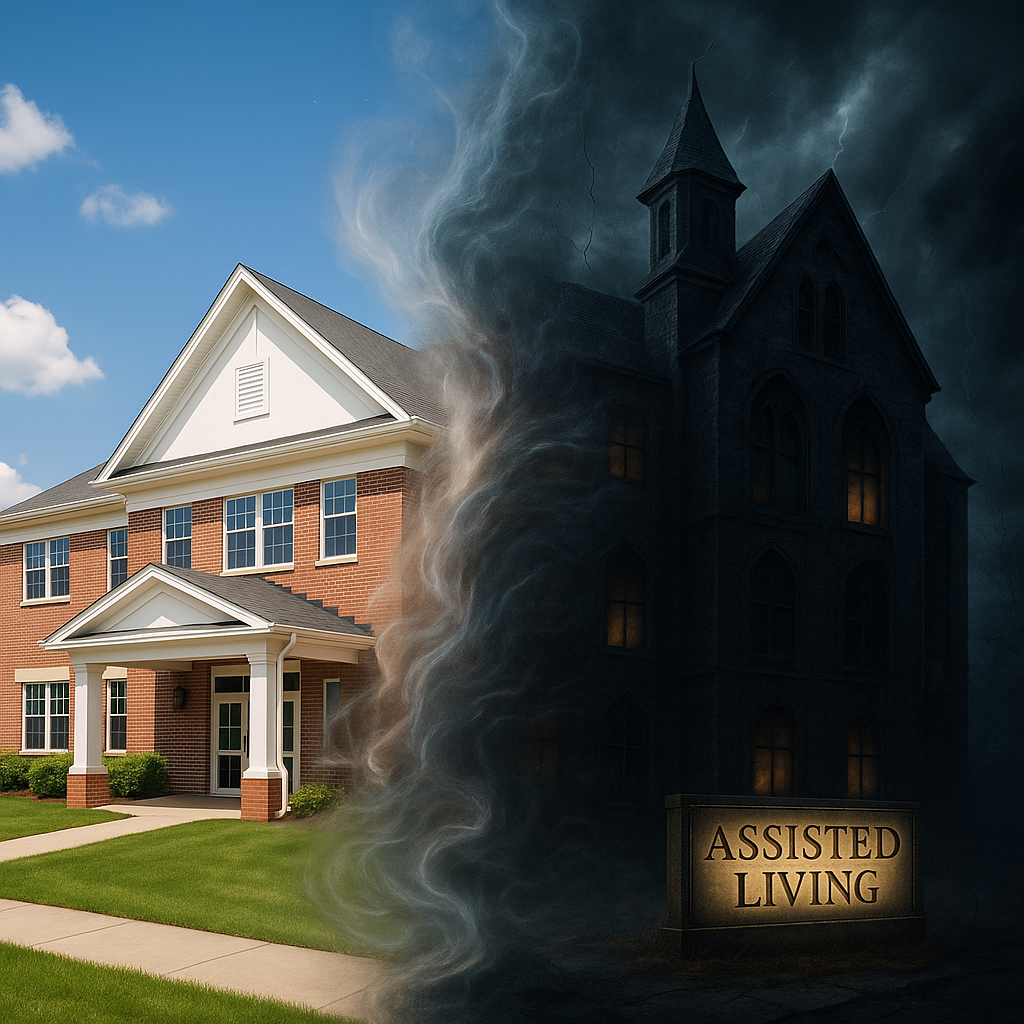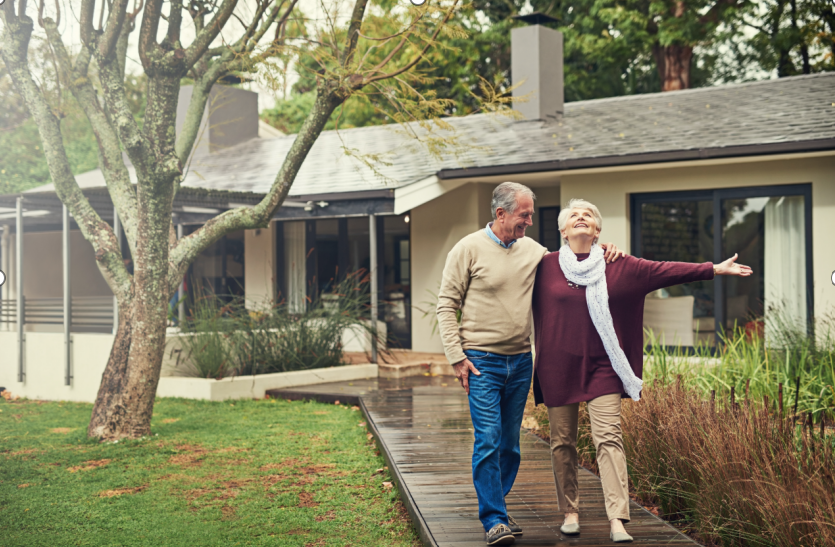Evelyn K. Grier is a seasoned content writer and blogger specializing in healthcare, senior care, and digital marketing. She contributes to the blogs and websites of SpringHive Digital Marketing Agency clients, creating engaging and informative content that resonates with readers. She also shares her expertise in senior care as a contributor to HAC Home Care, a website dedicated to providing helpful tips on caring for elderly family members. Outside work, Evelyn enjoys exploring new cuisines, practicing yoga, and hiking outdoors.
BLOG
How Alzheimer's and Dementia Affect Your Loved One's Behavior? Things You Should Know
Caring for seniors with limited issues can be challenging, but when they also have dementia, the journey takes on new complexities. Understanding the impact of Alzheimer's and dementia on their behavior is crucial for providing the best care possible. Let's explore how these conditions affect your loved one and learn important strategies to support them with love and compassion.
What are the different types of behavioral changes?
- Cognitive and Memory Decline. One of the most prominent signs of Alzheimer's and dementia is cognitive function and memory decline. Your loved one may struggle with forgetfulness, difficulty concentrating, and an inability to perform familiar tasks. They may ask repetitive questions, misplace items, or have trouble following conversations. Understand that these changes are not intentional, and be patient when communicating or engaging in activities with them.
- Emotional and Mood Swings. Alzheimer's and dementia can also lead to emotional and mood swings. Your loved one may experience sudden outbursts of anger, frustration, or sadness without an apparent cause. They may become easily agitated or exhibit signs of anxiety or depression.
- Sleep Disturbances and Nighttime Behaviors. Sleep disturbances are common among individuals with Alzheimer's and dementia. Your loved one may have trouble falling asleep or staying asleep throughout the night. They may exhibit restless behaviors, such as wandering or pacing, which can be dangerous.
What are the strategies for dealing with behavior changes?
- Communication Techniques. Effective communication is key when caring for someone with Alzheimer's or dementia. Use clear and simple language, speak slowly, and maintain eye contact. Give them time to process information and avoid interrupting or correcting their words. Non-verbal cues, like gestures and facial expressions, can enhance understanding and connection.
- Creating a Structured Environment. A structured and familiar environment can provide security and reduce confusion. Maintain a consistent daily routine, label important items, and use visual aids or reminders for daily activities. Minimize distractions and maintain a calm and peaceful atmosphere to help alleviate anxiety and disorientation.
- Providing Engaging Activities and Mental Stimulation. Engaging your senior in meaningful activities can help stimulate their mind and enhance their well-being. Choose activities that they enjoy and can still participate in comfortably. This could include listening to music, doing puzzles, engaging in gentle exercises, or reminiscing about memories. These activities can provide a sense of purpose and maintain cognitive function.
- Managing Agitation and Aggression with Empathy. Agitation and aggression can arise due to frustration, confusion, or discomfort. It is crucial to respond with empathy and understanding. Try to identify the underlying cause of their agitation and address it accordingly. Distraction techniques, calming music, or a peaceful environment can help diffuse tense situations. If necessary, consult healthcare professionals for guidance.
- Addressing Sleep Disturbances. In order to address sleep disturbances, establish a consistent bedtime routine that promotes relaxation. Create a comfortable sleeping environment, ensure regular exposure to natural light during the day, and limit daytime napping. If sleep problems persist, consult a healthcare professional for further evaluation and guidance.
Seeking support and professional help
Caring for a senior with Alzheimer's or dementia is not a journey to be undertaken alone. Seeking support and professional help is essential for you and your loved one.
- Involving Healthcare Professionals. Consulting healthcare professionals, such as neurologists or geriatricians, is crucial for accurate diagnosis, medical management, and guidance on managing behavior changes. They can provide valuable insights and recommend appropriate interventions to improve your loved one's quality of life.
- Assisted Living Community. In some cases, transitioning your loved one to an assisted living community specializing in memory care may be the best option. These communities provide a safe and supportive environment tailored to the needs of individuals with Alzheimer's or dementia. They offer comprehensive care, engaging activities, and 24/7 supervision to ensure their well-being.
Here At Assured Senior Living, your senior's comfort, safety, and well-being are our top priorities. Our memory care programs are designed to support individuals with Alzheimer's and dementia, addressing their unique needs and promoting their quality of life. Our trained staff provides personalized care, engaging activities, and a nurturing environment to enhance cognitive function and maintain a sense of purpose.
Your home away from home
Discover the unique experience of Assured Senior Living and how our residents are enjoying a fulfilling life surrounded by good friends and memorable experiences. To learn more, download our free guide, the Family Decision Toolkit, or contact us directly. We would be delighted to provide additional information.















